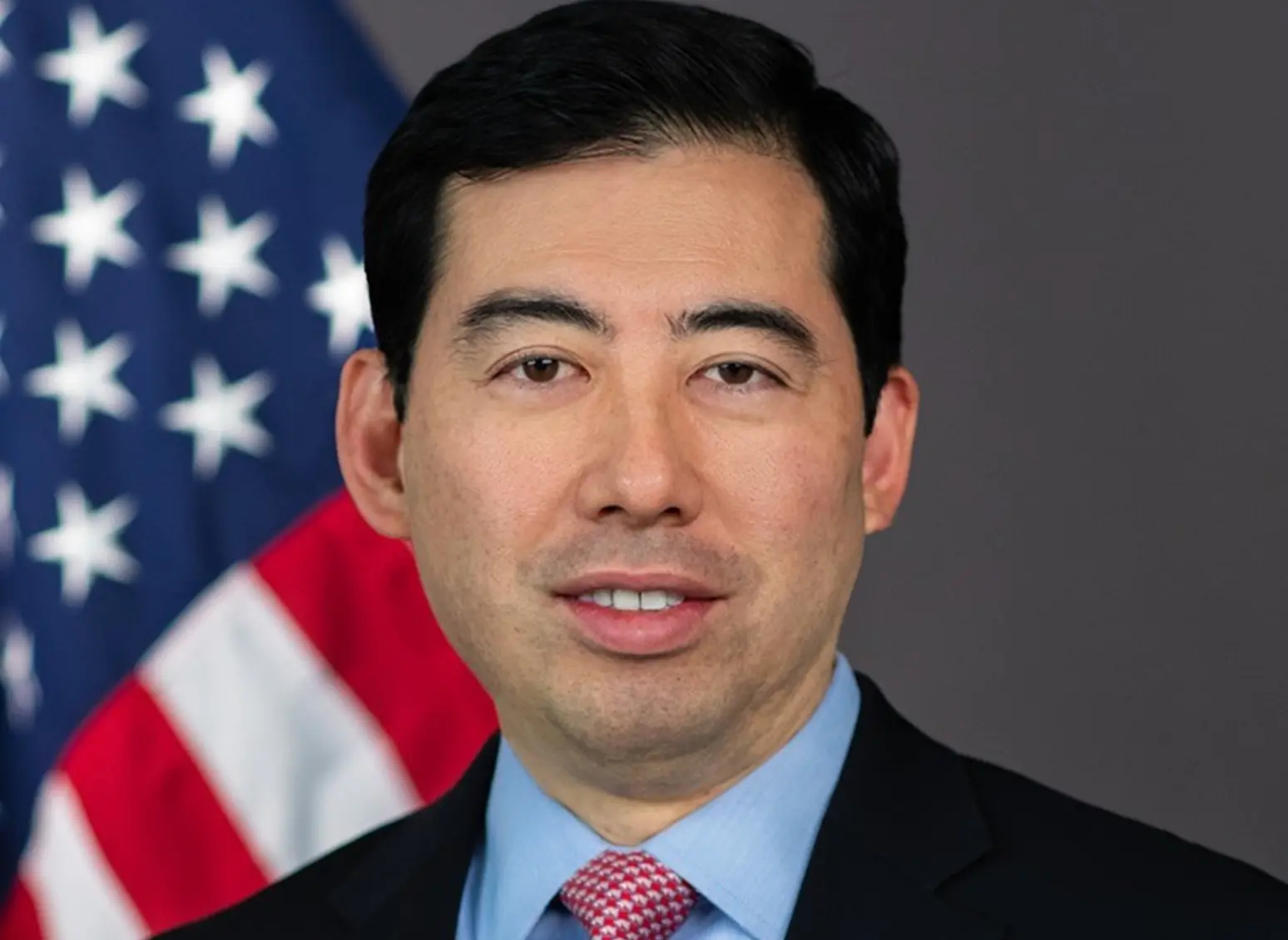
Rapid ESG development has delivered an undefined array of choices, hype and greenwashing, a panelist has said
The rapid integration of environmental, social and governance (ESG) values into capital markets has resulted in a confusing array of choices that may hinder participation, according to a panelist at Eurex’s Derivatives Forum.
“We have just renewed our ESG policy and the main idea there is to integrate ESG to our whole investment process,” said Kari Vatanen, chief investment officer at Veritas Pension Insurance which has assets under management (AUM) of €4 billion.
“In some asset classes it’s easier that in others, and the reason for that is that ESG is not a very clearly defined area. It’s evolving all the time and unfortunately there’s a lot of hype, even greenwashing, around ESG and we really want to avoid that.
“We are living in some kind of ESG zoo at the moment, there are too many ESG measures, too many ESG factors, and the main challenge…is to select the right ones.”
Vatanen said that 18 months ago he made the first ESG STOXX option trade to test market liquidity. “This was good proof for me that it’s also possible to make good ESG investments,” he said, “but overall I think that that because the whole area is evolving all the time, there is no real proof that ESG itself is a profitable factor that has excess return over time. One reason for that is the definition is not clear.”
Standardisation and regulation will play an increasingly important role in supporting the development of ESG markets, said Rodolphe Bocquet, global head of sustainable investment at Qontigo.
“We’re going through a very exciting times when it comes to ESG with an unprecedented growth in ESG-related AUM with different types of products,” he said.
“In this situation we face some paradoxical trends where we have a simultaneous need for more standardisation on the one hand and more customisation on the other hand, and both of these trends will bring benefits but also will raise challenges.”
Over the last year, markets have seen an almost direct linear relationship between the number of sustainable investment regulations and the growth of signatories to ESG investing principles, Bocquet said, citing a PricewaterhouseCoopers study that found almost 80% of European investors are considering buying ESG products after 2022.
The regulation umbrella must include data providers providing ESG scores, which are now playing an important role in product design and development of indexes to ensure orderly development. In addition, European regulatory initiatives to define green assets and climate benchmarks will also help to improve clarity, Bocquet said.
Neha Coulon, global head of ESG solutions at JPMorgan, said the rapid shift of ESG to the mainstream in 2020 had disproved any idea that the trend would not survive Covid-19. In addition it increased pressure on corporates as investors began asking more sophisticated questions about their sustainability credentials.
According to Coulon, derivatives deliver ESG values in four key ways: Access to market trends such as indices or derivatives baskets of underlyings; hedging by market sectors such as energy; bringing ESG impact to portfolios; and incentivising corporates to demonstrate their ESG skills.
“We had to get quite creative in helping our clients achieve their end objectives…and the role of derivatives in the ESG space can not be overstated,” she said.


